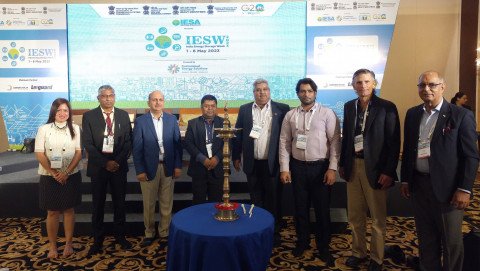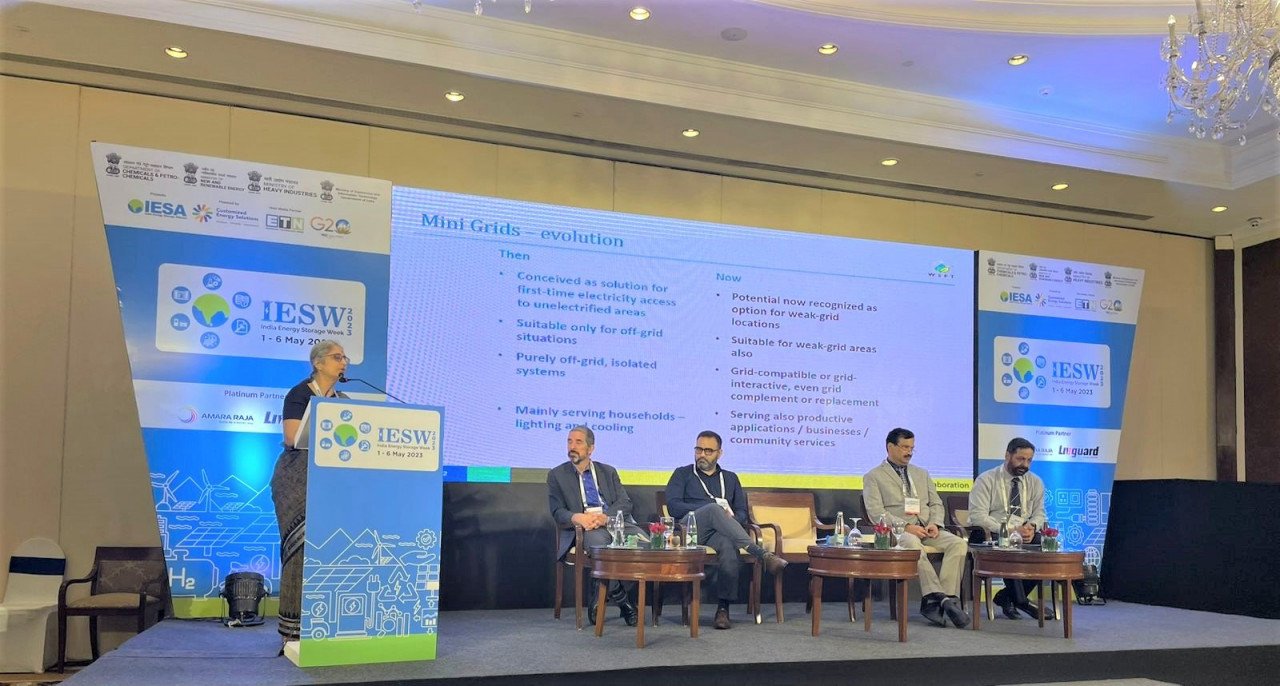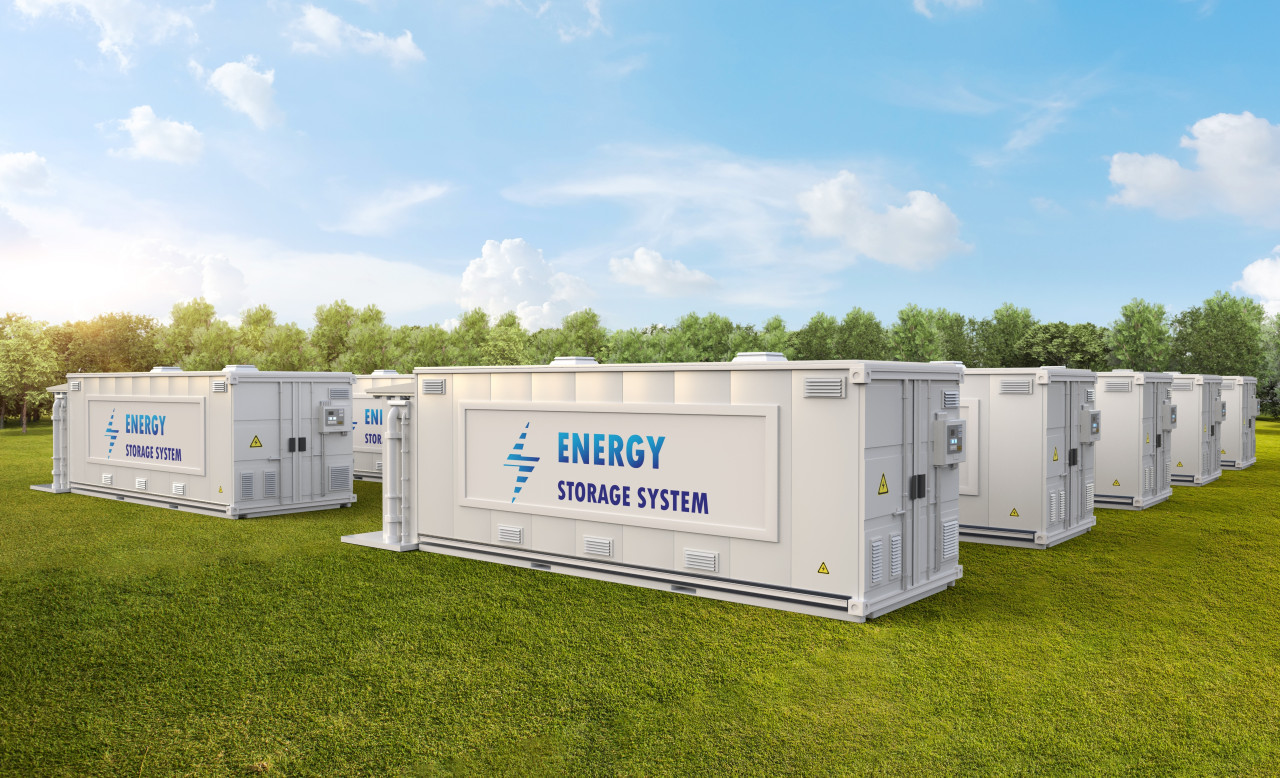IESW 2023: Microgrids find favor across the world
The 9th IESW has two technical sessions running in parallel, the Track 2 session on Global Microgrid Collaboration started off with presentations in which speakers outlined the importance of microgrids in resolving issues such as last mile connectivity, remote accessibility and energy reliability. They concluded by mentioning some of the challenges they face in execution of grid projects.
The panel consisted of Stephen Fernands, Founder and President of CES, Rekha Krishnan from the Clean Network, Brigadier Dr CPS Pasricha, Ramesh Kumar, Additional Director at the International Solar Alliance, and Umang Maheshwari, Director of Applied Innovation at Smart Power India (GEAPP).
CES founder and President Stephen Fernands kicked off the proceedings by mentioning the fundamental question that initiated operations: how do we better utilize assets already in place? CES, he pointed out, provides services across the electric grid. Fernands also listed microgrid success stories across the country, from Nagaland and Jharkhand to North India.
Umang Maheshwari, Director of Applied Innovation at Smart Power India (GEAPP), said the agency only works with specific countries, essentially those that have a very clear mandate to decarbonize their energy systems and move towards cleaner sources of fuel, such as Indonesia and South Africa. Within India, the agency has set up more than 700 microgrids. Maheshwari said one issue the industry needs to address is matching power demand and asset health. "Demand in mini- and micro-grids comes after two-three years of the asset being set up, but by then your asset also starts to depreciate," he pointed out.
Maheshwari said research indicated the requirement of at least 100 plants, running at an operating margin in excess of 50% to reach corporate profitability levels.
Ramesh Kumar, Additional Director at the International Solar Alliance, a grouping of authorities in 114 countries, highlighted the nature of the agency's work in Africa, where it identifies and structures grid projects that can be developed and subsequently opened for private investment. Kumar mentioned two issues that prevent development of microgrids in countries. The first is the need for capacity. "Unless there is clarity on whether or not a country wants to expand its power generation capacity, a project isn't feasible," he said.

IESW 2023: Today’s Groundwork for Tomorrow’s Clean Energy India
Another issue, Kumar pointed out, was the pricing squeeze that comes from national governments. "Countries with microgrid policies usually want the grids to generate power along the pricing lines of existing power generation assets," he said. He stressed that comparing new technology – with its attendant smaller scale – with larger, legacy sources of power generation was not the right approach to either tariff computation or investment decisions.
Brigadier Dr CPS Pasricha spoke on microgrids in the service of the nation, and stressed on their importance on meeting increasing energy demands of the military. Microgrids, he pointed out, are part of the three Ds currently reorganizing the energy chain – digitalization, deregulation and decarbonization.
The biggest restriction from the military standpoint, Brigadier Pasricha said, was that most military microgrids are not replicable across other locations. "There is no one-size-fits-all," Brigadier Pasricha said. "Military microgrids come up in specific areas facing unique challenges, so they must be developed according to the conditions present at the location.
Rekha Krishnan of the Clean Network touched upon the start and the future of microgrids, to explain the evolution of the industry as well as the demands being placed on it. She explained that microgrids were originally conceived as a solution for first-time electricity access to unelectrified areas, and were considered suitable only for off-grid situations. They are now recognized as an option for weak-grid areas as well. "From being seen as isolated systems suitable only for off-grid application, microgrids are now evaluated against their grid compatibility and even seen for their grid-complementary or grid-replacement uses," she pointed out. While the original motive remained electrification, the main driver of microgrids now is the desire for decarbonization of the energy chain. She mentioned that high upfront costs placed a huge burden on grid projects and sought financing support.
Terry Mohn, Chairperson of the Australian Microgrid Center of Excellence, joined in via video and spoke about the center's experiences in the space. The biggest issue, Mohn said, was the shortage of talent. "There is insufficient skilled labor in this industry, right from commissioning assets, to maintaining, managing and monitoring them, and there is a shortage of talent when decommissioning them," Mohn said.
Stay tuned to ETN's IESW 2023 Show Daily and our LinkedIn page for daily updates on the entire week of dialogue and exhibition of clean energy technologies and solutions. To learn more about the event, visit IESW 2023.



















